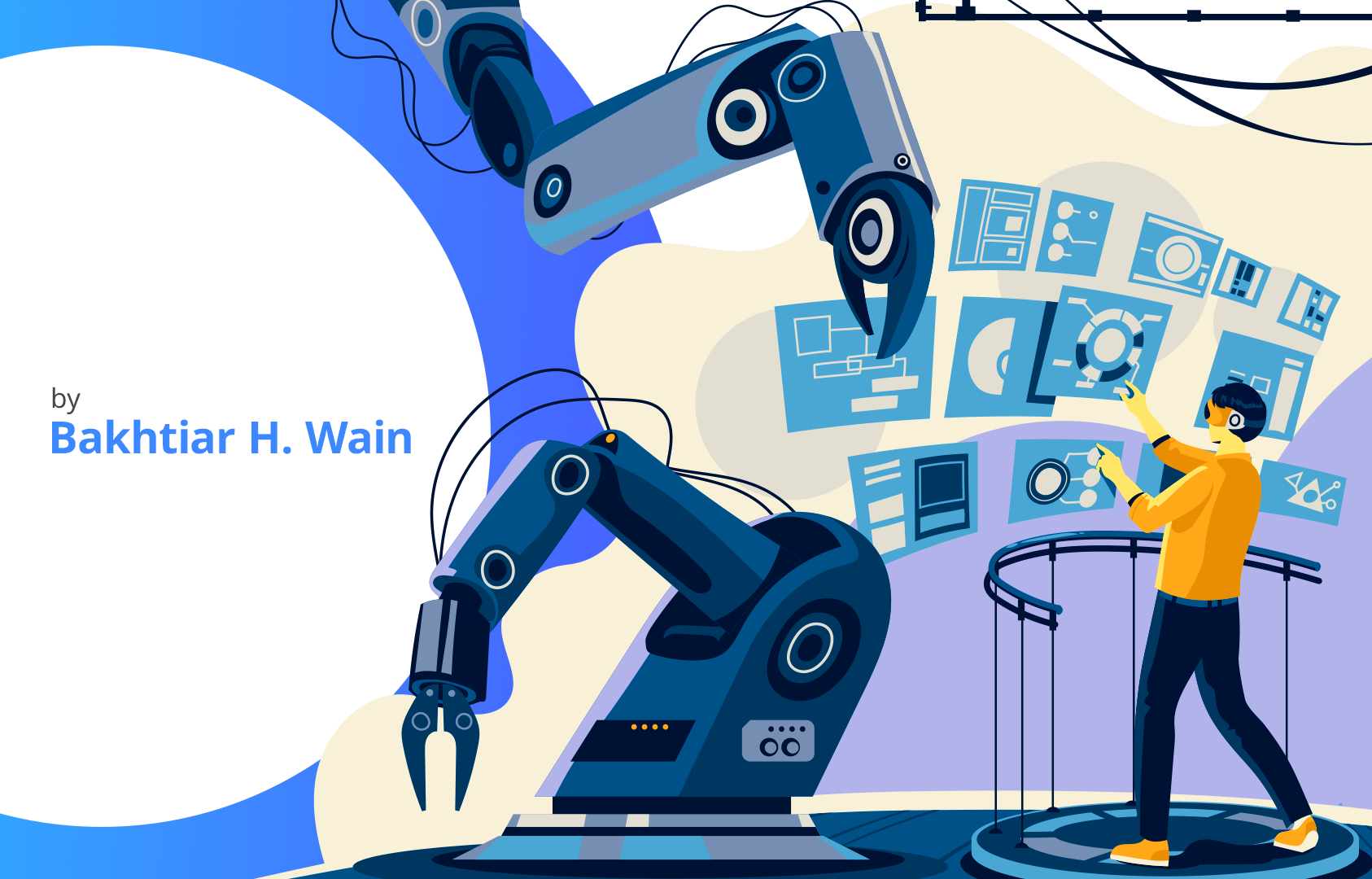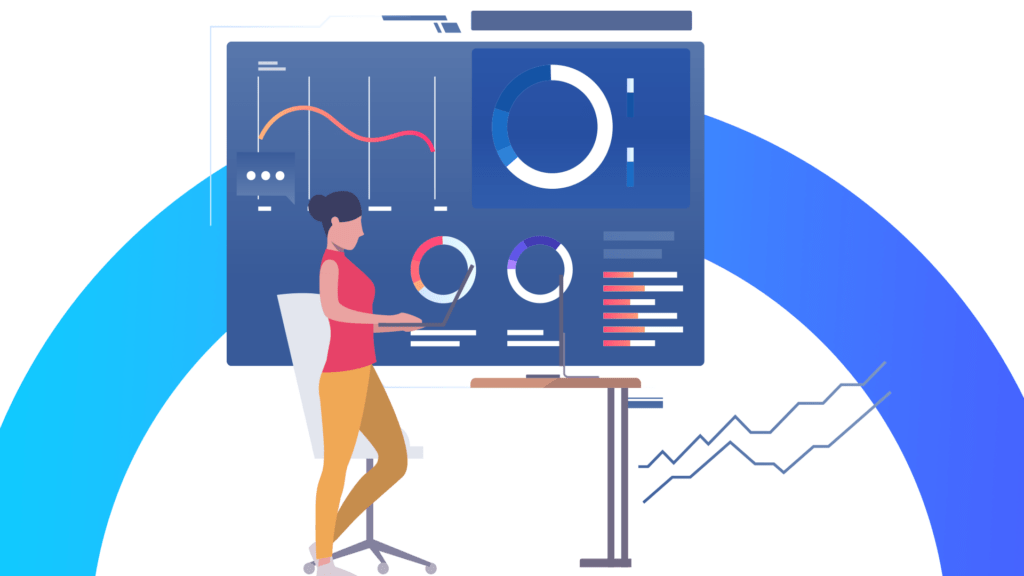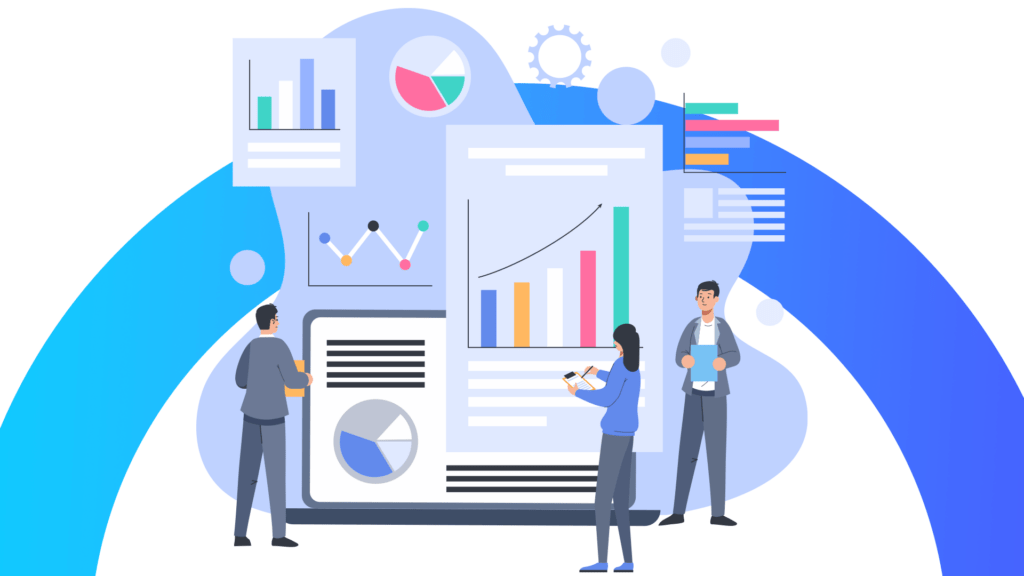For decades, I’ve delved into the realm of OT/IT convergence, scrutinizing the claims of major DCS, Control Systems, SCADA, and Historian OEMs. These industry giants boast about:
- Seamless connectivity with IT systems.
- Direct integration with ERP systems like SAP and Oracle.
- Unified dashboards presenting integrated data.
- Availability of Dynamic Data Exchange connectors.
I’ll confess, I spent 30 years believing in the OT/IT convergence narrative—both as a student and a peddler of these ideas to our customers. It was lucrative; undertaking data convergence or connectivity projects meant substantial billable hours for design, engineering, execution, and support. Moreover, selling connector licenses during these projects added to the revenue stream.
However, sometimes it takes an “aha” or “eureka” moment to realize the inefficiencies of a solution one has long considered best practice. During a lively design review discussion for an Azure-based project, a simple yet profound question arose: Why don’t we need a historian or intermediate silo for OT data, streaming it directly in big data IT format? This question sparked further inquiry:
“Why can’t we apply this approach to all our projects?”
This led us to deep-dive conversations, ultimately steering us toward a disruptive journey: eliminating proprietary and siloed historian databases from our solutions.
The journey was lengthy, and I’ll save the details for another time. However, the most enlightening revelation emerged:
1. OEMs advocate for OT/IT convergence because they’ve built proprietary OT data silos. Essentially, they encourage continued use of obsolete databases while selling patches and connectors.
2. If OEMs had transitioned to unstructured big data storage structures, the OT/IT convergence dilemma would never have arisen.
3. With OT data residing in Azure Data Lake, convergence is intrinsically achieved. Would anyone discuss convergence with data in Azure Data Lakes? Gateways, connectors, and unifiers are redundant since Azure integrates seamlessly with big data from the IT world.
The moral of the story is clear:
Ditch proprietary OT databases, and OT/IT convergence becomes redundant.
About the author:
Bakhtiar H. Wain has over 30+ years of outstanding leadership experience. From the very beginning, his vision has been to establish an organization that leads the way in industrial automation and system integration on a global level.





